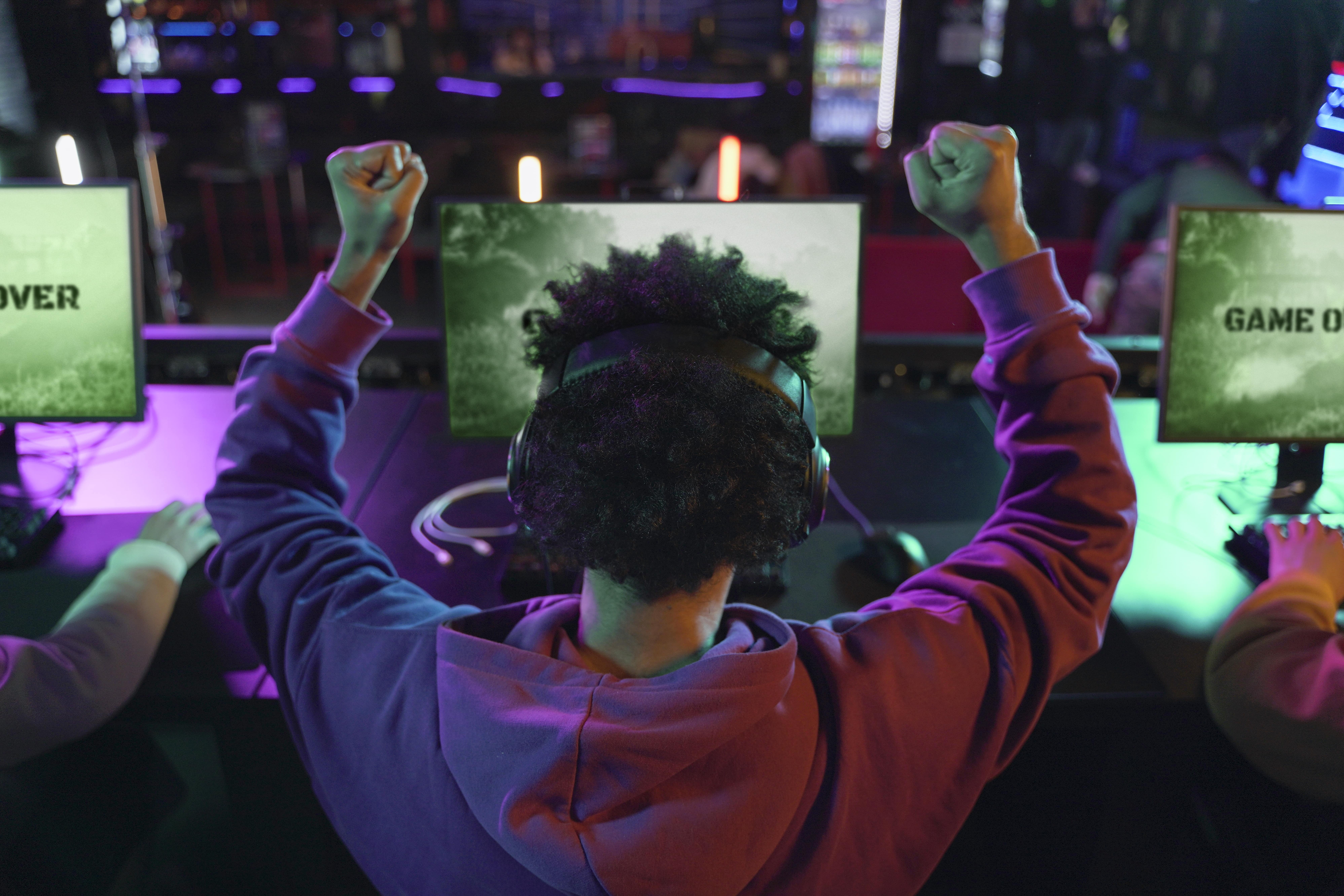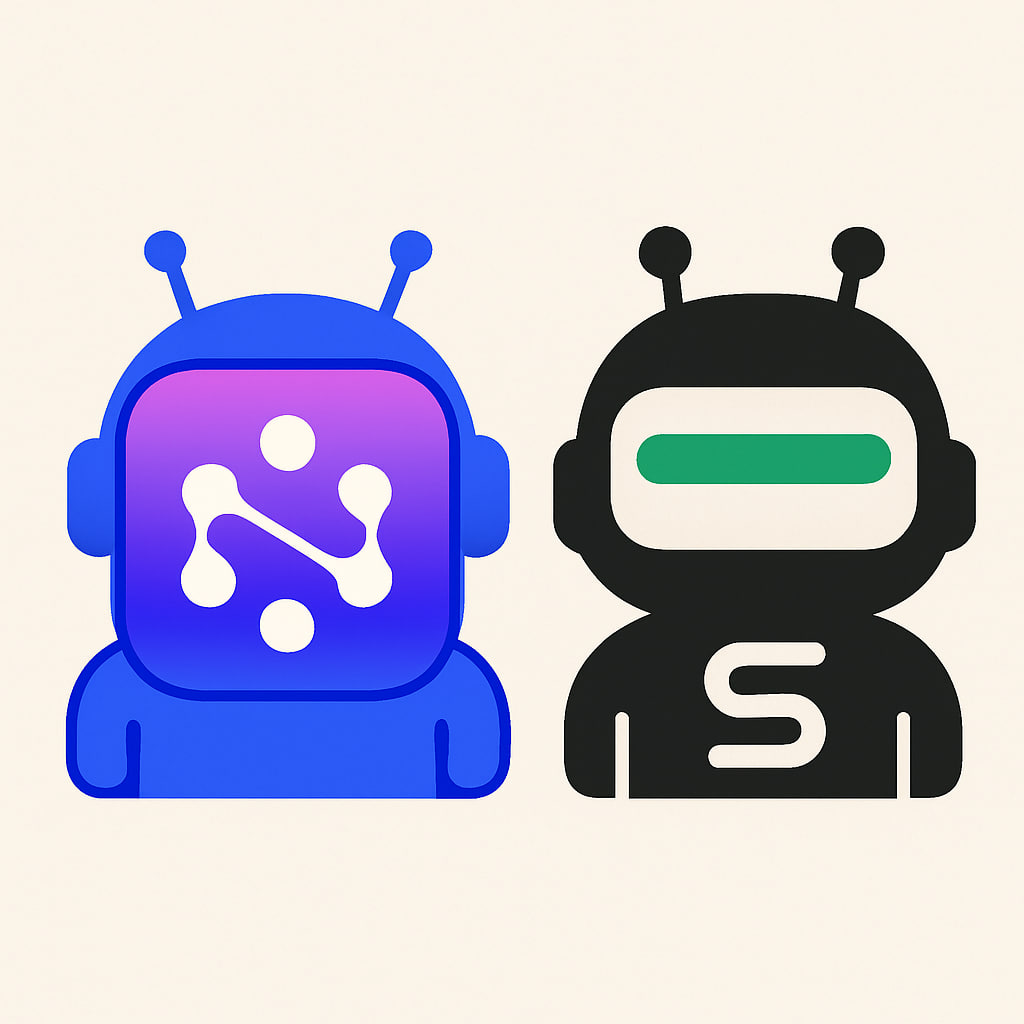Businesses need to focus on younger generations to gain long-term retention.
By 2025, nearly 50% of all American travelers will be from the Y category, which we know as Millennials. This category includes those born from 1981 to 1996.
Discovery and search, close communication, emotional experience, and new experience are the main goals of millennials to travel. This generation is looking for more connections between tourism services and their daily life. Currently, a series of world-famous hotels, such as the Radisson brand, are looking for more activities for the Y generation by designing sub-brands such as Radisson RED.
The following three points are the first pillars of a comprehensive program for Generation Y:
- More service transparency
- Relying on a more robust technology structure
- Focus on empathy and communication with the customer
To better understand, you need to imagine the daily activities of a millennial. This profile is active on social networks, purchases online, and participates in public affairs. Focusing on these issues, brands like RED offer the reservation purchase process entirely online, think about the possibility of sharing on social networks in the design of their services, and create an environment where the traveler feels closer to their accommodation.
It still needs to be determined how much impact Generation Z will have on the industry. This generation includes those born from 1997 to 2012. Of course, the passage of time is the main requirement for investigating the impact of this generation. However, Business leaders can notice that generation Z has radical differences from its previous generations. We can examine these differences in the following cases:
- Incredibly more access to information than Generation Y
- Extremely dynamic lifestyle
- High level of education
- The rapid adoption of change and new technologies
- High spending speed
This generation recognized their skills, profession, and personality in unstable conditions. Current social and economic conditions consist of periods of stagnation, inflation, complexity, and chaos. This generation has experienced the challenges of the millennial generation and seeks to shape new changes in the world. This generation has a better sense of cooperation and teamwork. Generation Z seeks more knowledge and science and uses social networks as a search tool daily.
Other characteristics of generation Z include the following:
- 85% of this generation in the United States owns a smartphone
- This group has a high speed of spending
- High engagement rate in digital trends
- The possibility of experiencing 17 jobs in the course of professional activity
- 15 places of residence during life
- Being bilingual or multilingual
- Half of Generation Z is university educated
To communicate with this generation, the importance of migrating to the digital platform for business becomes apparent, and the industry also finds specific social tasks. This generation has needs and desires, and companies must respond to these needs and wants to connect closely with this generation. Among other expectations of this generation, we specified the following:
- Comprehensive and real information
- Categorize information into short and powerful messages
- More focus on image and video messages
- Replace text with stickers and emojis
To understand how to message Gen Z, remember the above. Businesses should implement the process of socialization and storytelling in different communication channels.




